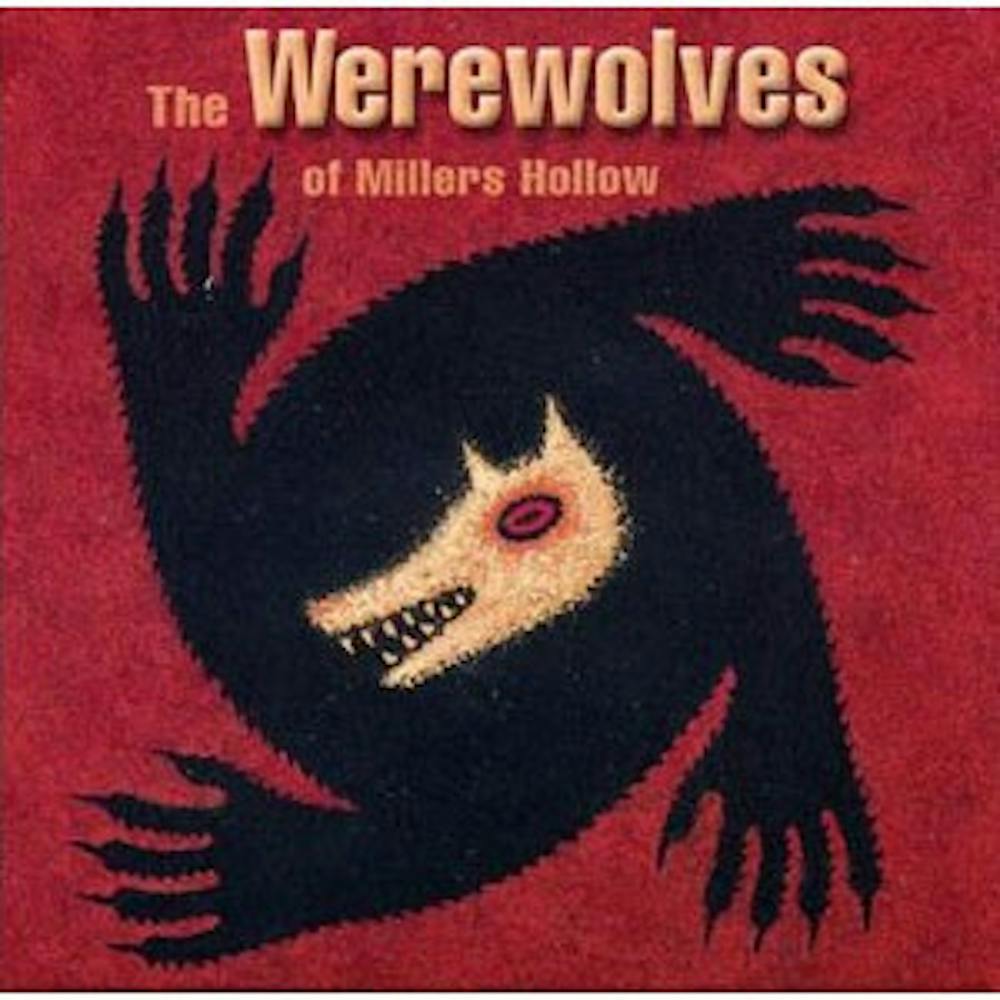A small village somewhere in an unknown forest is being ravaged by werewolves.
After the sun sets, the werewolves emerge and claim their victim. When the sun rises, the villagers are safe once again and must determine who among them is a werewolf sympathizer or perhaps a werewolf themselves. In the mysterious role playing game, "Werewolves of Miller's Hollow" (commonly referred to as "Werewolf"), the players argue, vote and “kill” each other to win the game.
At the start of the game, each player selects a character card from the deck. It's possible to draw a werewolf card, villager card or two specialized cards. The specialized cards include a character card that uses its unique abilities to aid the werewolves or a character card that can use its abilities to protect the villagers. The villagers’ goal is to kill all of the werewolves, but the werewolves must fight to keep themselves safe until they have eaten the last villager.
"Werewolf" is adapted from the original Russian game, Mafia, based on the same concept of an informed minority (the werewolves or Mafia) versus an uninformed majority (villagers). "Werewolf" has since become a popular game at house parties, tech conventions and university psychology classes. The game has been used in courses to teach methods of reading body language and non-verbal cues in psychoanalysis, and it has also been used in classrooms to teach children the differences between right and wrong as well as the role of honesty in difficult situations.
The game is played in a series of rounds that begin at "night" and end after a voting during the "day." At "night," all of the players close their eyes except the werewolves. First, the werewolves select their victim, then all of the special characters are able to use their abilities to either aid the werewolves or protect the villagers. When day breaks, everyone opens their eyes and the murdered player is revealed. All players then participate in a battle of wit and cunning deception to protect their identities and/or reveal the werewolves. Ideal for eight players or more, the game is played at its best when there are 15 participants and one game master who narrates the story. Werewolf is not a game for the faint of heart. It requires a mastery of deception, deciphering nonverbal clues and public persuasion to test your friends’ allegiances.
Can you kill the werewolves before it is too late or are you really the last werewolf standing?

